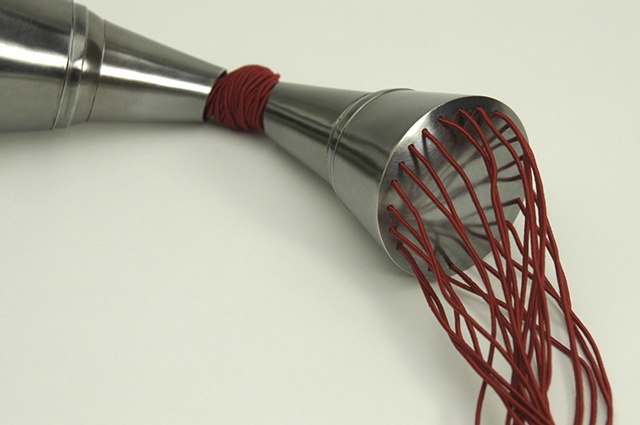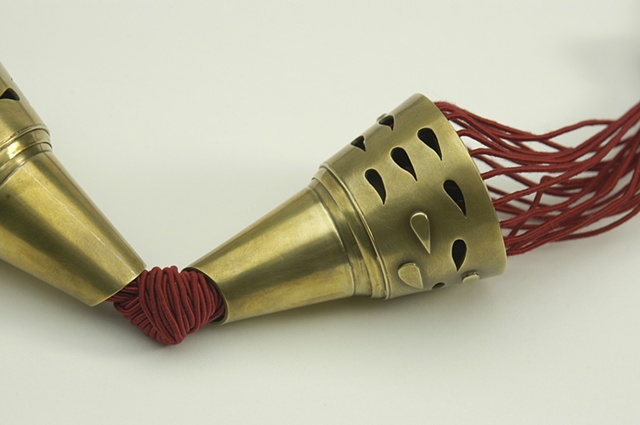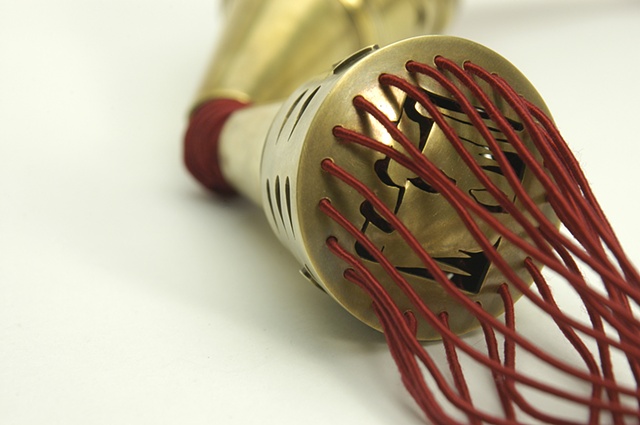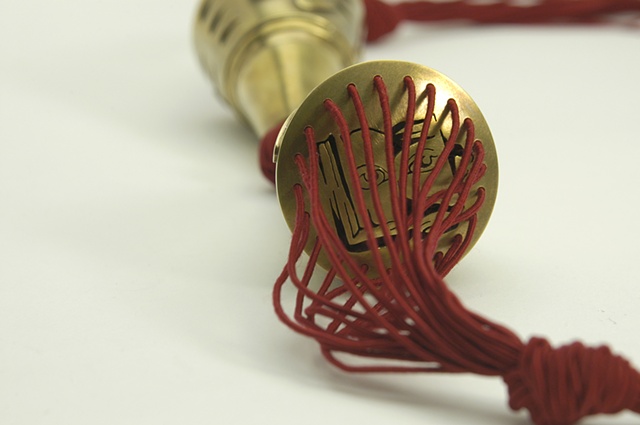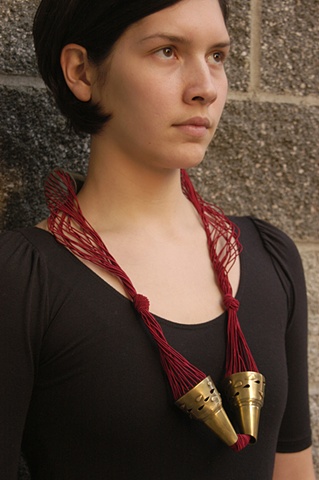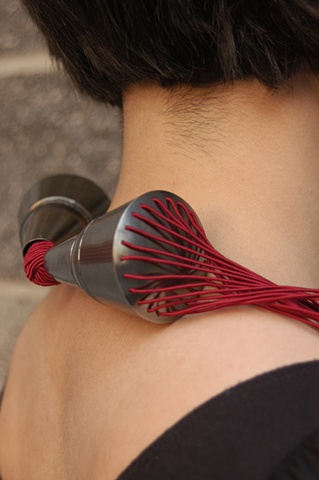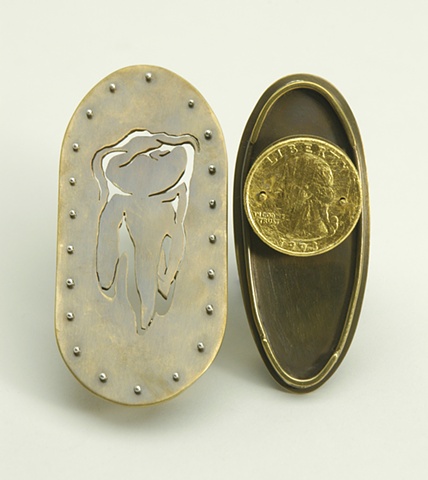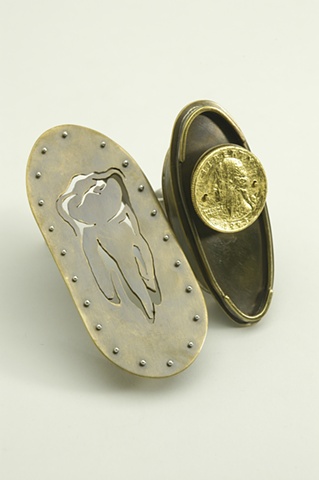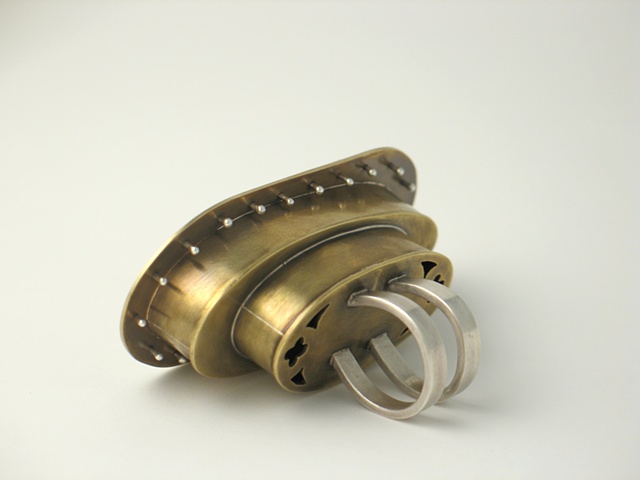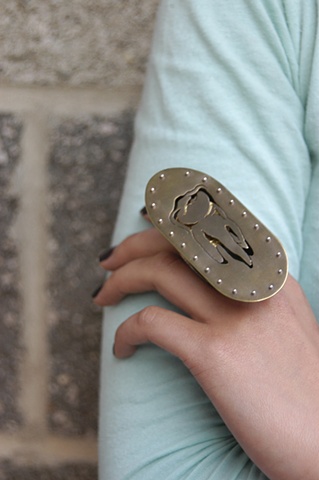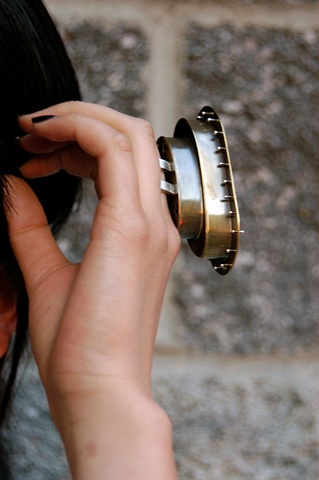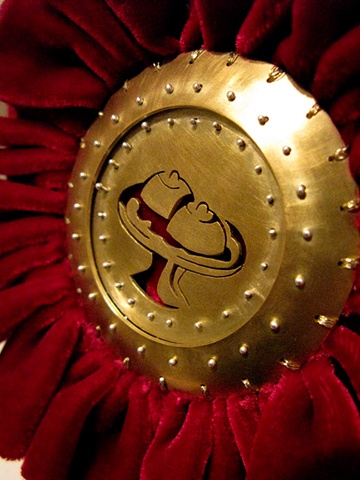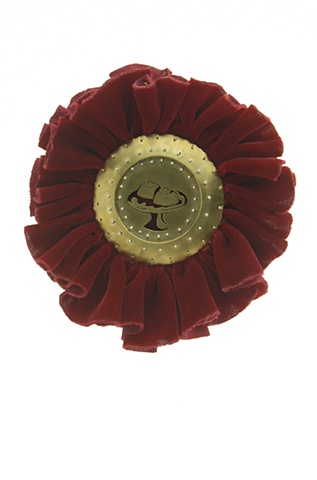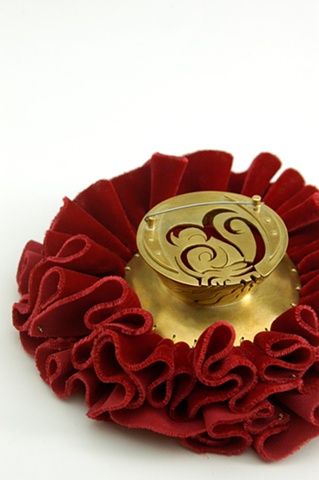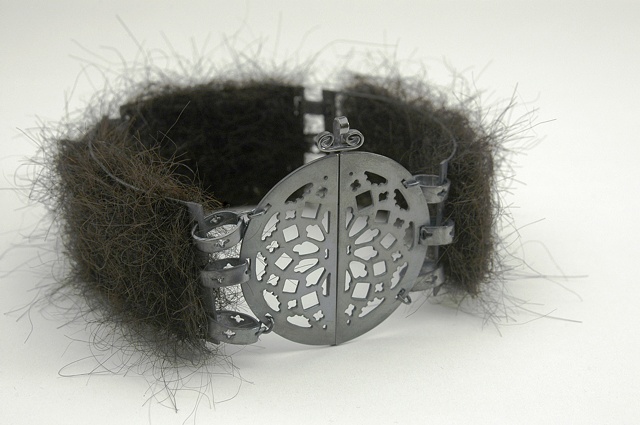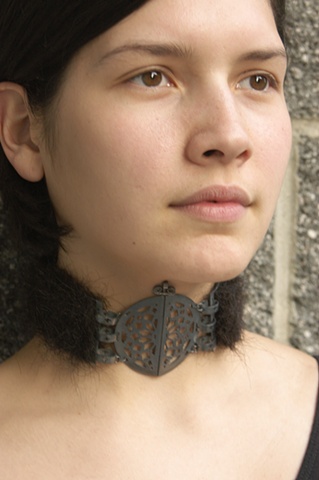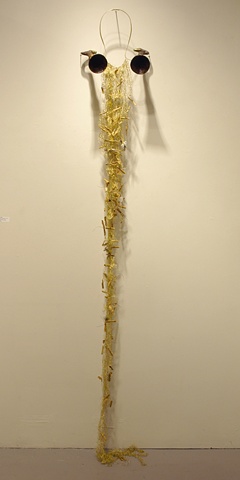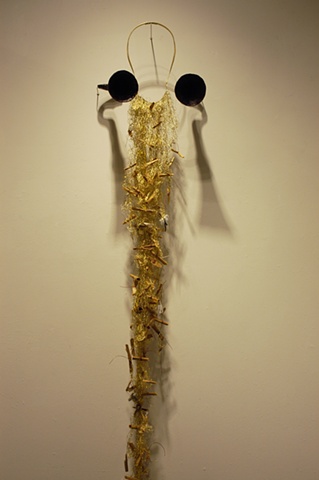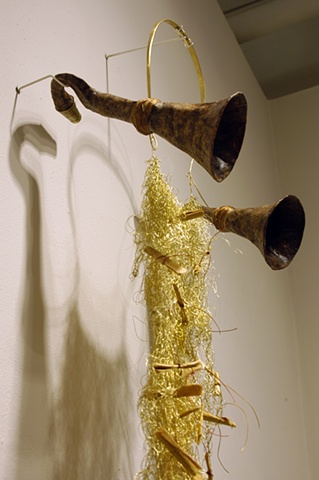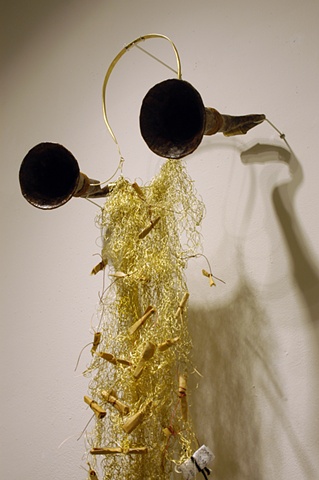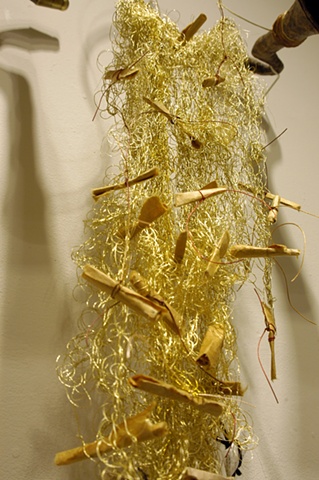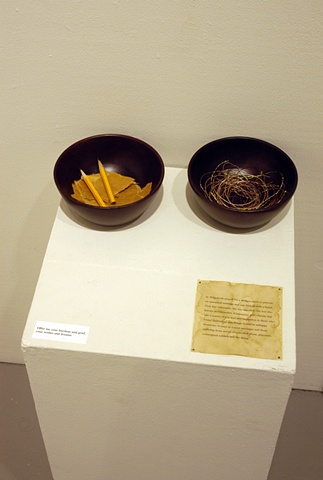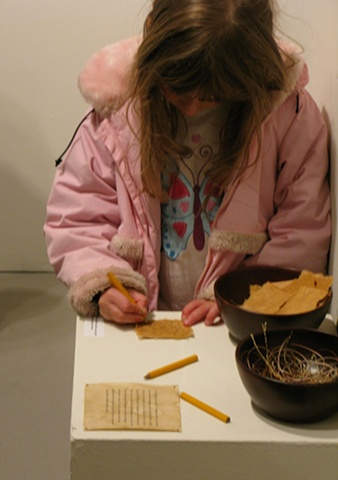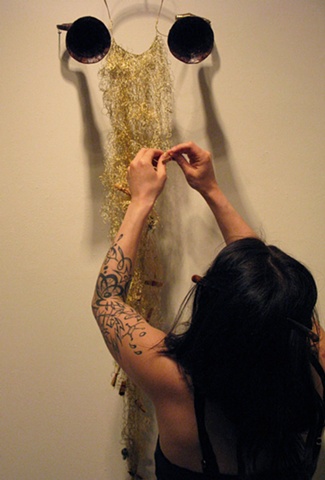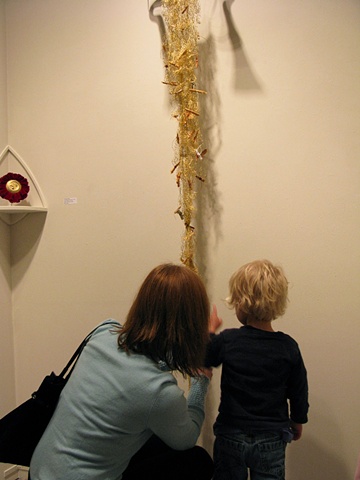Ecstaticus (click image to see more)
This body of work is a reinterpretation of medieval sacred iconography. The Middle Ages were characterized by a supreme preoccupation with faith and religion, but was also a time during which the imperfect body and its needs were on constant display. Almost everything in this era was viewed as symbolic: colors and numbers, animals and plants, nature and the senses. The human body was viewed as a microcosm of society, an arena in which sin and holiness clashed. The body could either facilitate experiences of the divine or commune with darkness.
As a nonbeliever, unsure of even the existence of a soul, I am intrigued by medieval Christians’ complete readiness to believe in the possibility of divine interference and their unwavering faith in the existence of a spiritual and physical dialogue in which the soul and the corporeal are often opposed but always bound together. Regardless of whether a god exists or not, the power of human faith is undeniable. It can drive people to kill and destroy, yet it is also responsible for so many wondrous things. So, rather than ponder the existence of god, I am more interested in exploring what people do when they believe in god. Because stories of the Middle Ages are so rich with allegories, I explore the purposeful rearrangement of traditional images to create new meanings, using a visual vocabulary steeped in the medieval aesthetic to address contemporary issues.
I want people viewing my work to intuitively experience the stories of these women, even if they do not know or venerate them as saints. Their stories and images have had the power to touch people emotionally and often irrationally, to connect them with the divine. My work explores this power, reconfiguring it to reflect the contemporary experience of individuals

